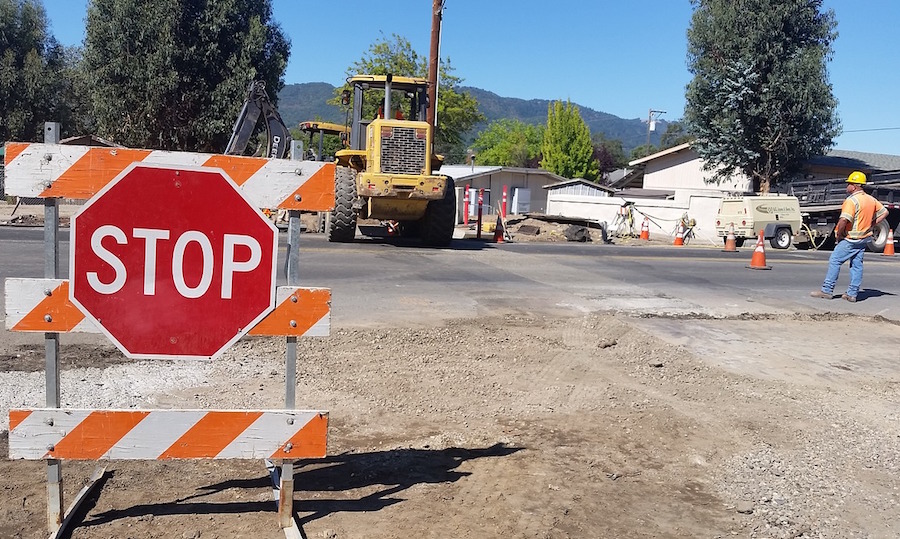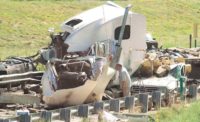Highway work-zone fatalities are on the upswing since 2010. Up until then, since 2006, there had been a steady decline in fatalities.
Highway work zones pose enormous safety risks to workers, who must deal with fast-moving, often distracted drivers just feet away from where they work. Although a dozen U.S. workers died in work-zone crashes last year, motorists and passengers suffer the vast majority of the deaths and injuries. ENR has compiled an interactive graphic of the data, covering 2006 to 2015.
According to data over the past 10 years, workers make up just 2.6% of work-zone fatalities. On the other hand, motorists die in 97.4% of the work-zone crashes that involve a fatality.
Data from the Fatal Accident Reporting System, maintained by the U.S. Dept. of Transportation's National Highway Traffic Safety Administration, also indicates that, on average, the vast number of driving fatalities don't involve work zones.
Collecting work-zone accident data, which is updated gradually, is complicated by the fact that many variable entries in the FARS database are displayed as "unknown." Analyzing the data to extract only fatalities, identifying those in work zones and distinguishing which fatalities were workers, is challenging, too. This might explain why published figures on the percentage of work-zone fatalities made up of non-workers was expressed as a range, from "1.5% to 3%," by the Federal Highway Administration.



